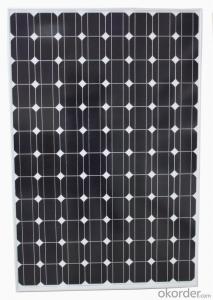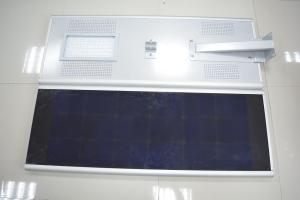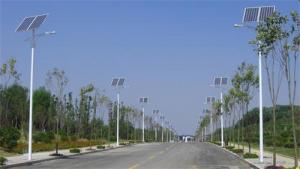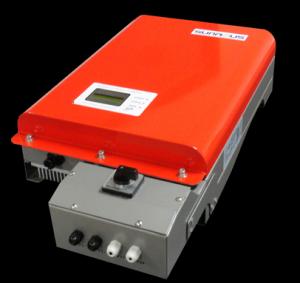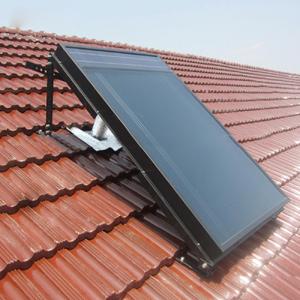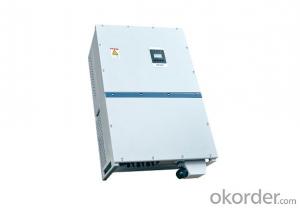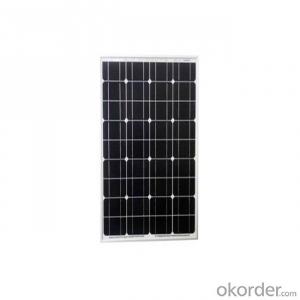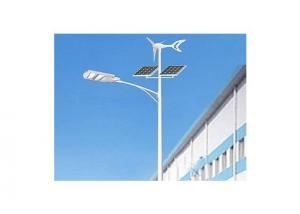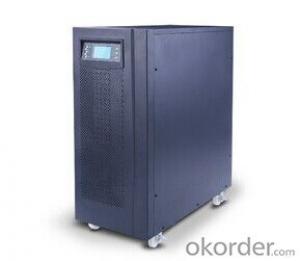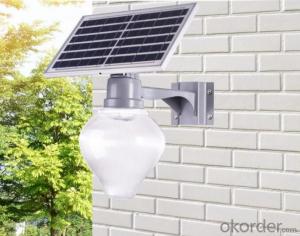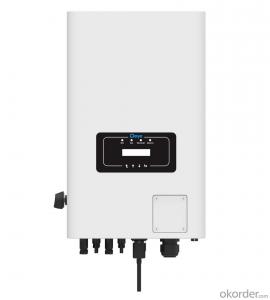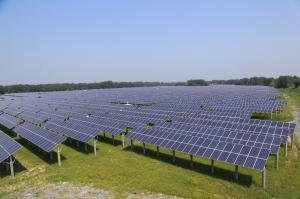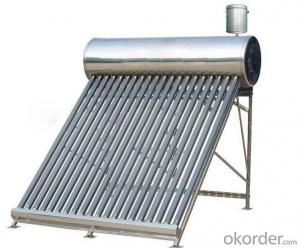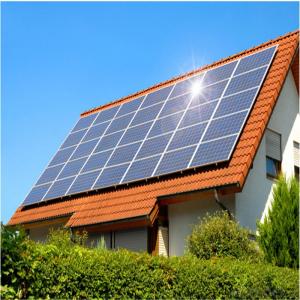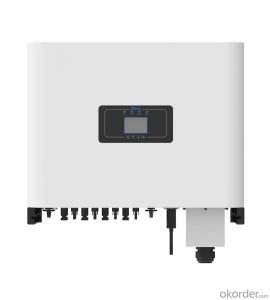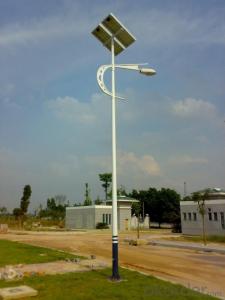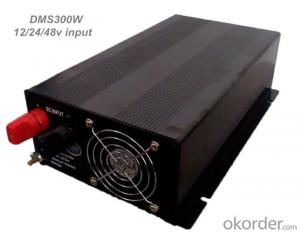30kw Solar Inverter
30kw Solar Inverter Related Searches
30 Amp Solar Inverter 30kw Hybrid Solar Inverter 30kw Solar Inverter Price 30 Kw Solar Inverter Price 30 Kva Solar Inverter Price 300kw Solar Inverter 300 Watt Solar Inverter 300 Watt Solar Power Inverter 300w Solar Inverter 40kw Solar Inverter 40 Kw Solar Inverter Solar Inverter 300w Solar Inverter 300 Watt 50kw Solar Inverter 35kw Solar Inverter 20kw Solar Inverter 50 Kw Solar Inverter Solar 3000 Watt Inverter 3000 Watt Solar Inverter 3000w Solar Inverter Solar Inverter 50kw 3000 Watt Solar Power Inverter Solar 3000 Watt Power Inverter 50 Amp Solar Inverter 10kw Solar Inverter Solar Inverter 3000w 3000w Solar Power Inverter 3000w Inverter Solar 20 Kw Solar Inverter 10kw Inverter Solar30kw Solar Inverter Supplier & Manufacturer from China
The 30kw Solar Inverter is a high-performance product designed for converting solar energy into usable electricity. This inverter is equipped with advanced technology that ensures maximum efficiency and reliability, making it an ideal choice for various solar power systems. It is engineered to handle the demands of large-scale solar installations, providing a seamless integration with solar panels and batteries.The 30kw Solar Inverter finds its application in a wide range of usage scenarios, such as residential, commercial, and industrial solar power systems. It is particularly suitable for large-scale installations where high power output is required. This inverter plays a crucial role in optimizing the performance of solar panels by converting the generated direct current (DC) into alternating current (AC) that can be used by electrical appliances and fed into the grid. Its robust design and advanced features make it a reliable choice for ensuring a stable power supply in various settings.
Okorder.com is a leading wholesale supplier of the 30kw Solar Inverter, offering a vast inventory of this product to cater to the needs of various customers. With a strong commitment to quality and customer satisfaction, Okorder.com ensures that each inverter is thoroughly tested and meets the highest industry standards. By partnering with reputable manufacturers, Okorder.com is able to provide competitive prices and exceptional service, making it a trusted source for those seeking to invest in reliable and efficient solar inverters.
Hot Products


